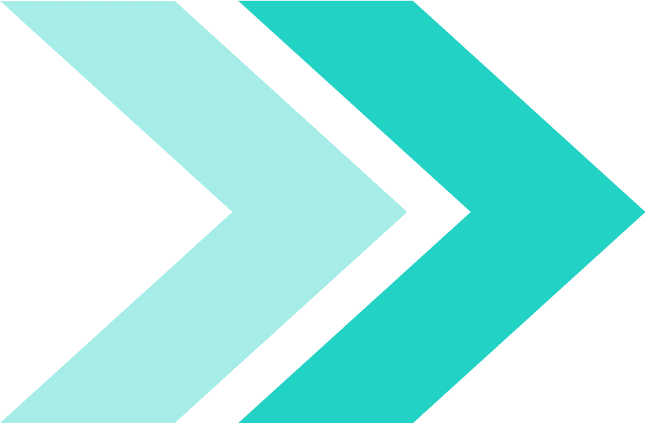Fibercement Boards are engineered boards that are made from a mixture of cement, sand, cellulose fibers, and other additives. The boards are known for their high strength, durability, and resistance to moisture and fire. They are commonly used in construction projects for their adaptability and performance.
Benefits of Fibercement Boards:
Fibercement Boards offer several advantages for construction projects, including:
- Durability: Fibercement Boards are highly robust and can withstand harsh weather conditions, moisture, and fire. They are also resistant to mold and termites, making them a popular choice for construction projects.
- Easy to Install: Fibercement Boards are easy to cut and install, which makes them a popular choice for DIY projects. They can be easily attached to walls and ceilings using screws or adhesive.
- Multifaceted: Fibercement Boards can be used in a wide range of applications, from flooring and roofing to walls and ceilings. They are available in a variety of textures and colours, which makes them suitable for many different types of projects.
- Environmental Sustainability: Fibercement Boards are made from sustainable materials and are 100% recyclable. They are also energy-efficient, which makes them a popular choice for environmentally conscious builders and homeowners.
- Fire Resistance: Fibercement Boards are rated A1 for fire resistance, which is the highest rating available. This means that they are non-combustible and do not contribute to the spread of fire.
- Asbestos-free: Fibercement Boards are asbestos-free, making them a safe and healthy option for construction projects.
Areas of Use:
Fibercement Boards can be used in a variety of construction projects, including:
- Cladding and facades: Fibercement Boards are often used for cladding and facades, as they are available in a variety of textures and colours. They can be used to create a modern, sleek look for buildings.
- Roofing: Fibercement Boards are commonly used for roofing as they are highly durable and can withstand extreme weather conditions. They can also be used for roof decking and insulation.
- Flooring: Fibercement Boards can be used as an alternative to traditional plywood or hardwood flooring. They are highly durable, moisture-resistant, and can withstand heavy foot traffic.
- Walls: Fibercement Boards are a popular choice for walls, as they are easy to install and can be painted or finished to match the decor of the room. They can also be used for special wall systems, structured insulated panels (SIP), and ready wall systems.
- Tile Backing: Fibercement Boards are an excellent option for tile backing in moisture-prone areas like bathrooms. They provide a stable, water-resistant surface for tiles and are easy to attach to walls with screws or adhesive. Using a cement-based adhesive, tiles can be securely fixed onto the boards for a long-lasting finish. The use of Fibercement Boards for tile backing in bathrooms is an excellent example of their adaptability, providing a secure and water-resistant surface for tiles that can withstand the moisture and humidity of such environments.
Overall, Fibercement Boards are a multifaceted and sturdy option for construction projects. With their high strength, moisture resistance, and fire resistance, they are a popular choice for cladding, roofing, flooring, walls, and furniture. Their environmental sustainability, energy efficiency, asbestos-free composition, and adaptability make Fibercement Boards an attractive and responsible option for a wide range of construction projects.
Written by Smartcon Int’l. Trade & Marketing Ltd. on 02.04.2023. All rights reserved.

